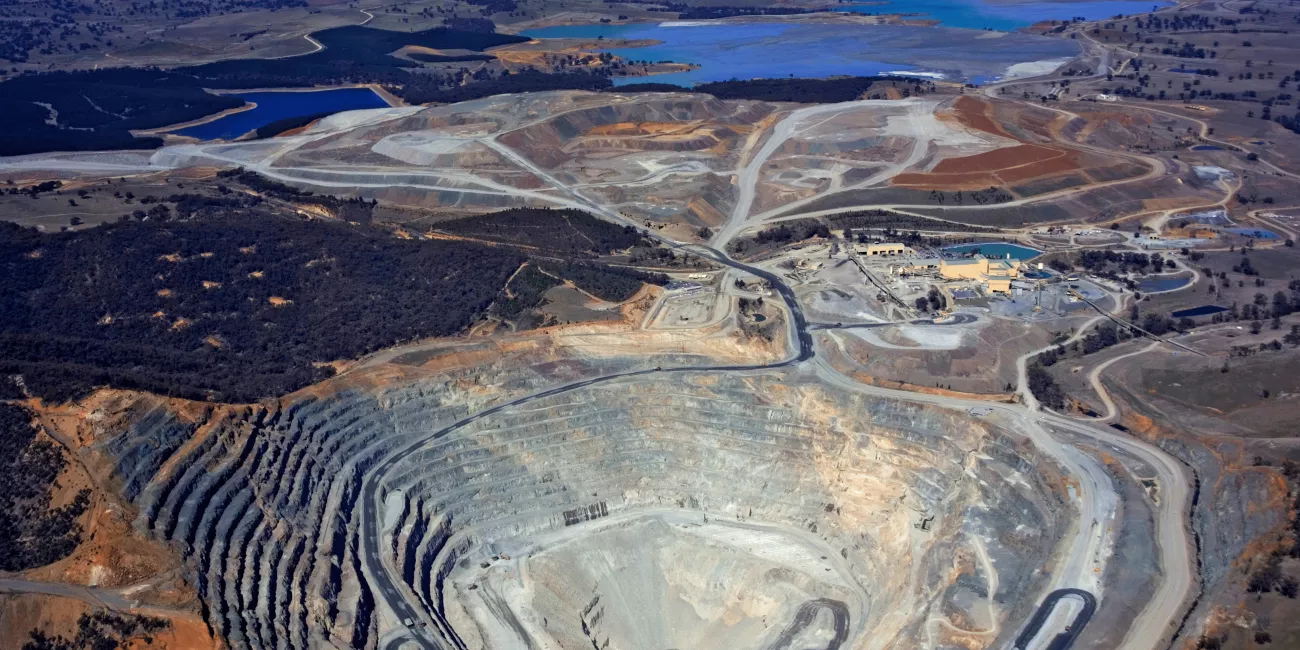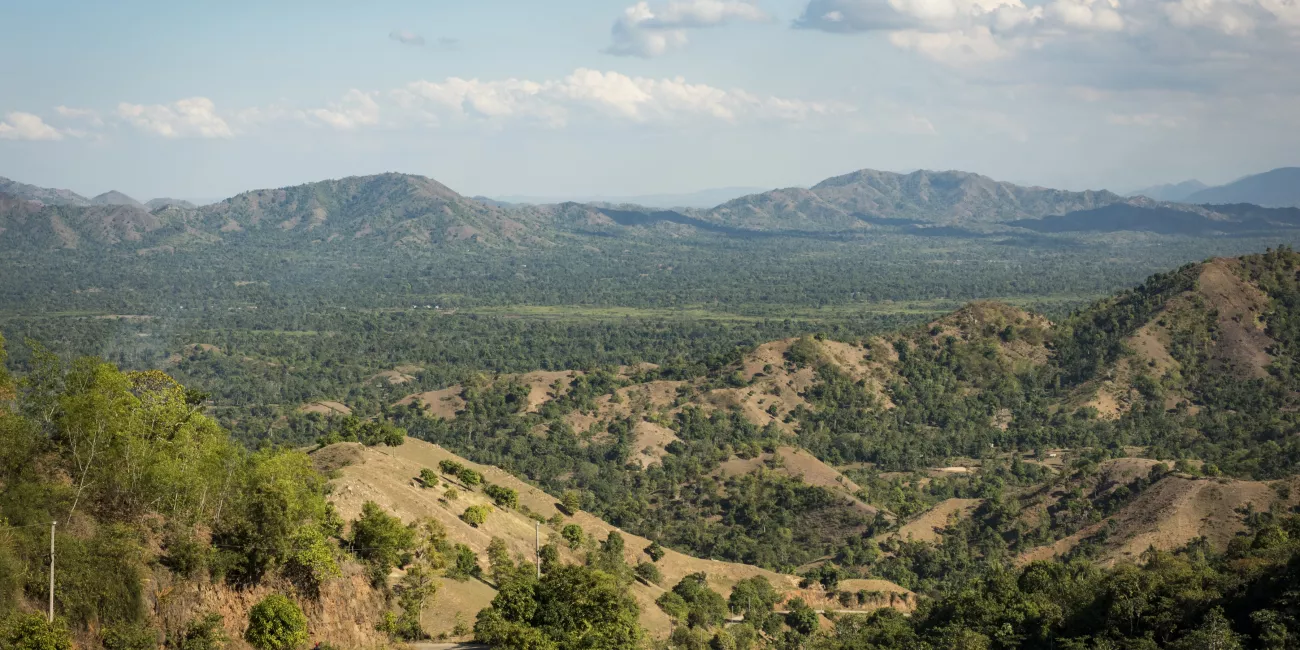Where we work
Burkina Faso (E.R.)
Preliminary Rehabilitation Plan & Ecological Restoration Plan
of the Essakane Residue Stockpile (PAR)
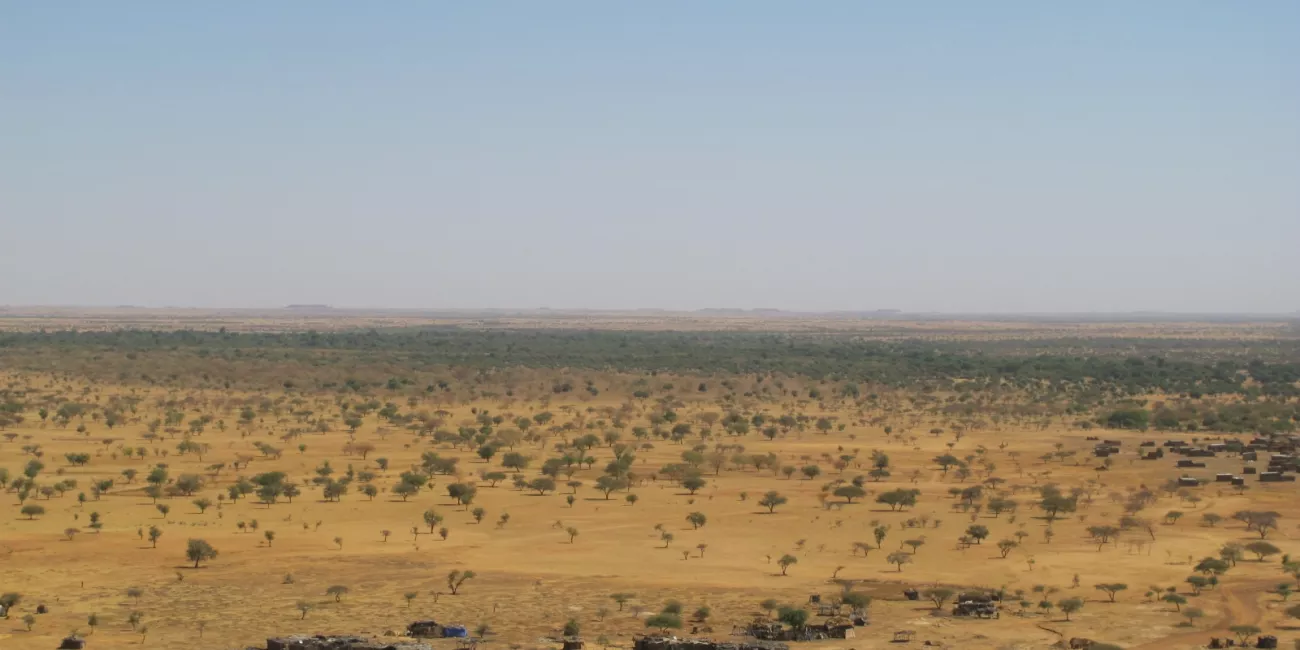
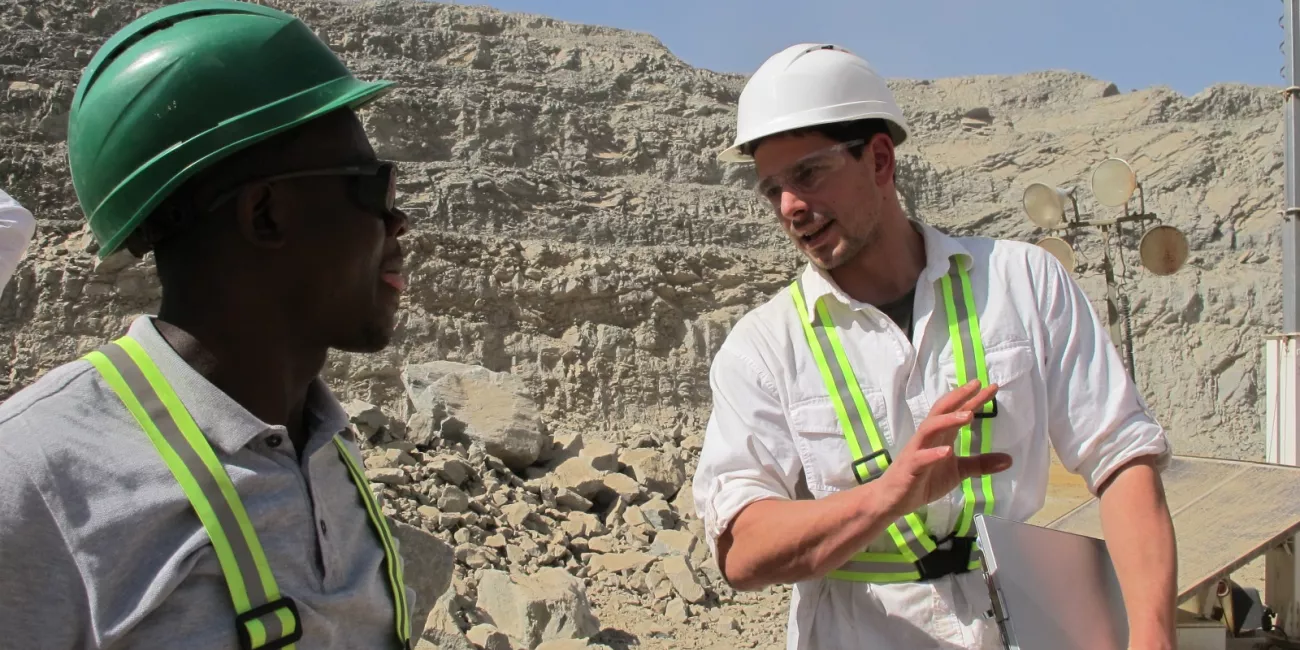
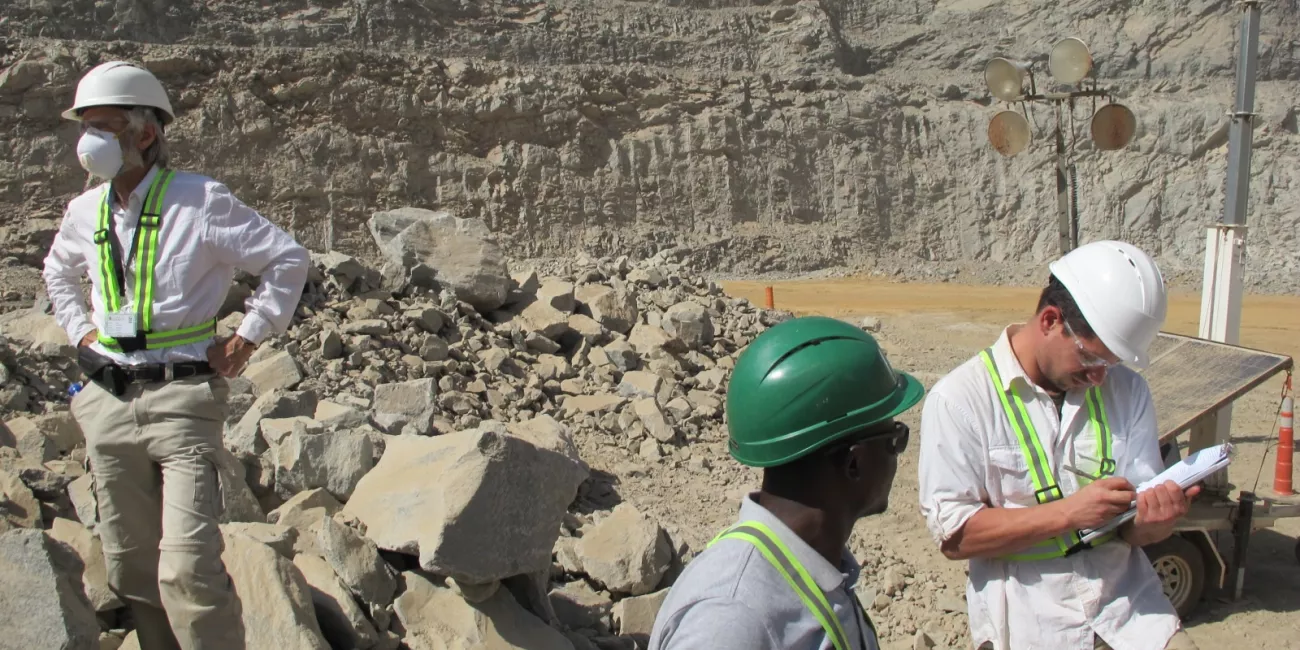
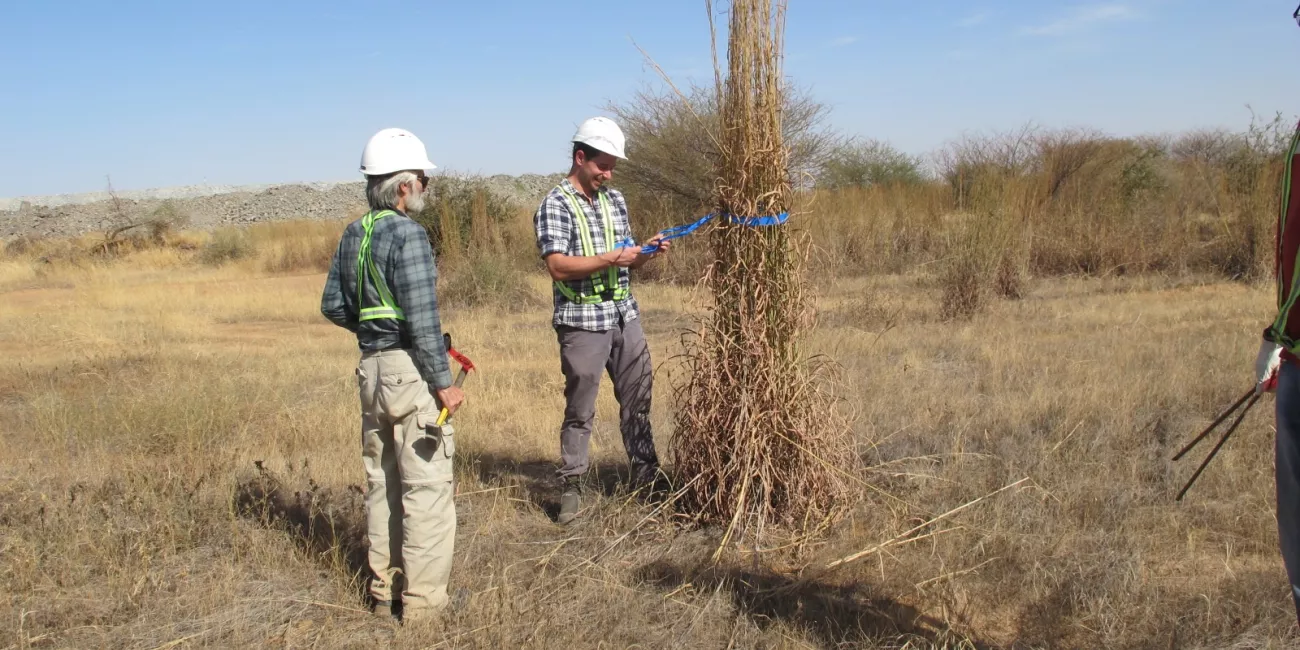
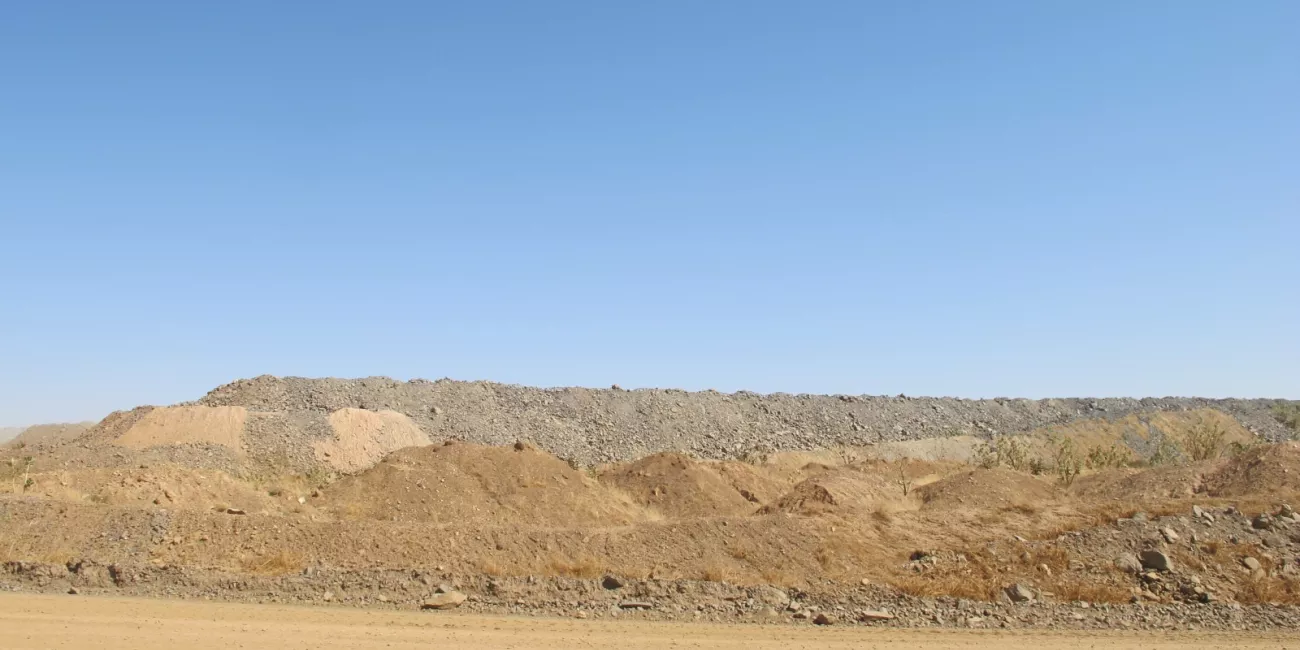
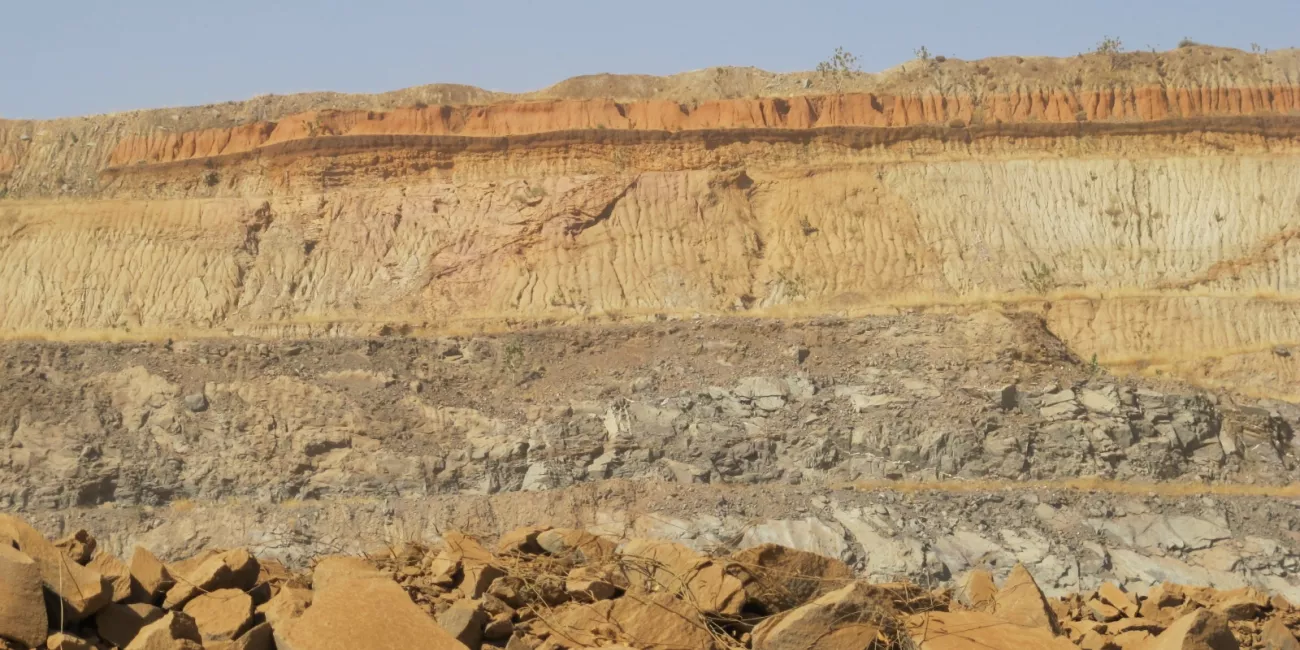
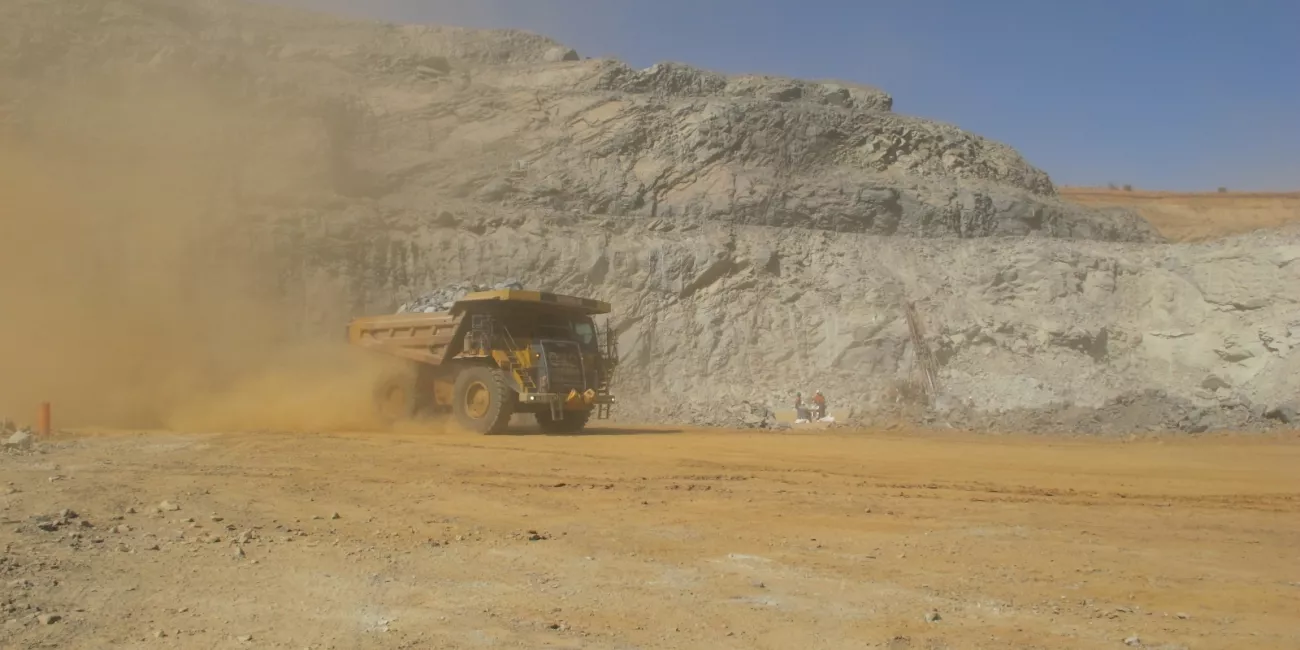
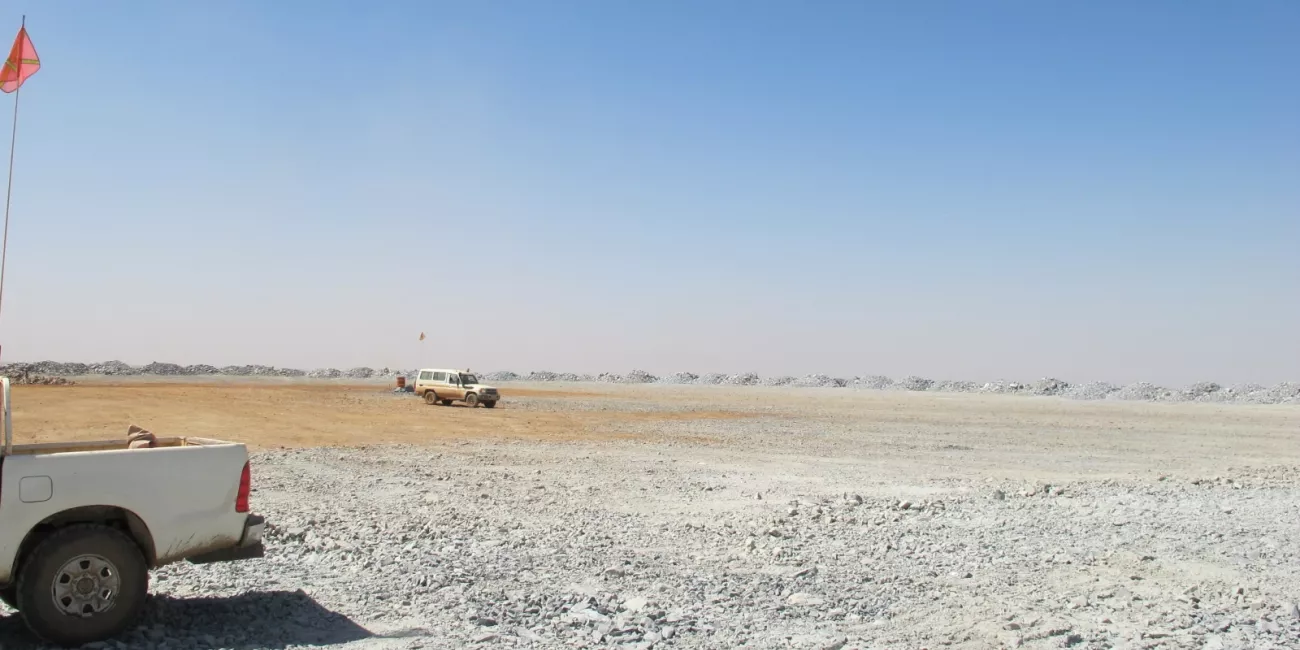
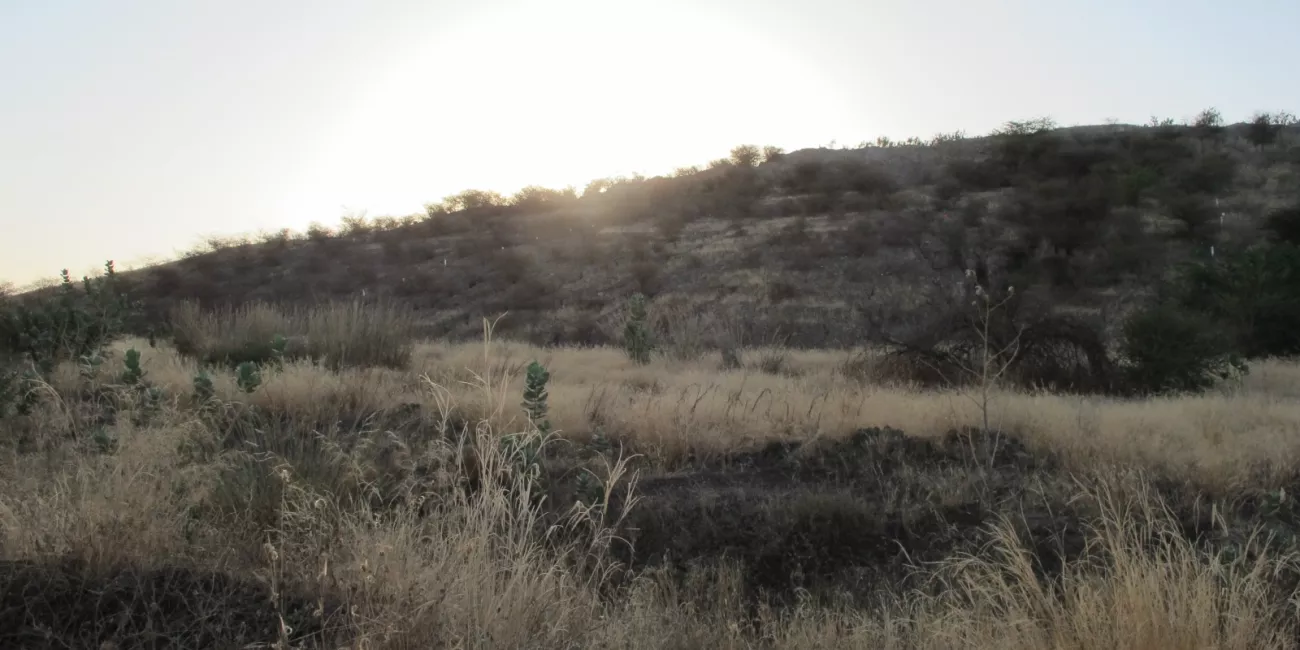
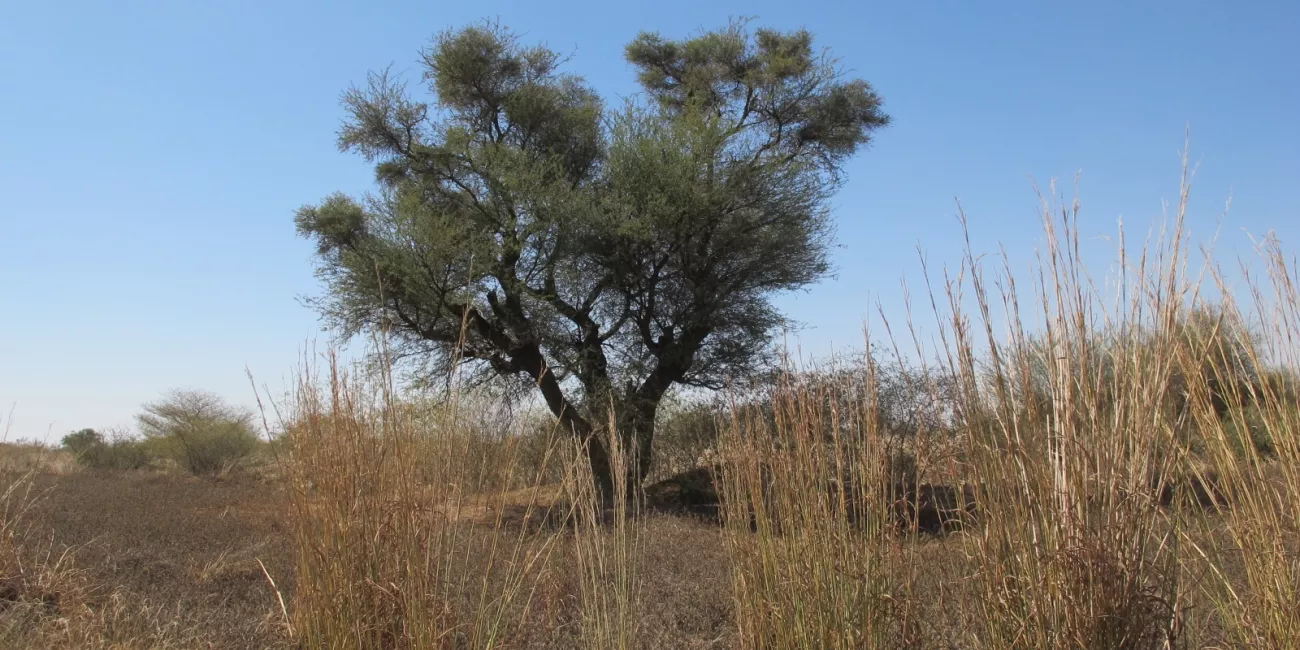
Preliminary
Rehabilitation
Plan Mandate
Develop an integrated strategy and action plan for restoration, management, and agroforestry and economic enhancement of two pits, one waste dump, and degraded lands not affected by mining, covering a total area of approximately 300 to 325 hectares, in a participatory manner approved by the mining client and local communities.
Contribute to the creation of sustainable physical and institutional assets for communities through local agricultural and agroforestry production units with export potential, their value chains, and the necessary institutional and community development for the sustainability of this new physical and socio-economic ecosystem.
Process
The project was divided into two parts. The first involved a detailed feasibility study, where Viridis Terra presented various realistic restoration and agroforestry options for the waste dump, pits, and surrounding degraded lands to the company. This aimed to encourage agribusiness development. A strategic action plan was also drafted, encompassing institutional support and stakeholder capacity building. Field visits were conducted, including soil and plant sampling. Community consultations were also held to gauge local interest in the mining site's future.
The second part focused on assisting the selected local firm in organizing and conducting community consultations regarding the restoration and agroforestry options for the closing Falagountou site.
Results: A report outlining various restoration options for Falagountou's satellite pits, along with visual aids for community presentations, was prepared.
Ecological Restoration Mandate
VT's mandate focuses on creating vegetation and land value plans for representative sample plots in the PAR. These plots were designed to be scalable and fit within a broader, phased restoration plan for the PAR. Geotechnical, geochemical elements, and erosion control measures were managed by SNC-Lavalin. Close communication between the two parties was essential to coordinate their respective roles, as factors like covering material choice, water availability, and the load-bearing capacity of the PAR were crucial for successful vegetation.
Conception Criterias
- Erosion Control: Timely vegetation cover is essential to prevent wind-caused erosion after restoration starts.
- Root Compatibility: Select plant species carefully to minimize the risk of damaging the geomembrane lining.
- Community Profits: Designs should maximize local socio-economic benefits, favoring agroforestry for cyclical wood production.
- Biodiversity and Visuals: Choose native plant species and consider aesthetics. Non-native species can be used to aid native plant growth.
- Permanent Installations: Client rules out any permanent installations on the re-vegetation site.
- Temporary Installations: Mobile irrigation systems or temporary nurseries may be considered for enhanced re-vegetation performance, subject to client's approval.
Deliverables:
• A report containing conceptual plans for the standard plots.
• Plans and specifications for the scenarios selected by the client.
By incorporating these criterias, we formulate a comprehensive and impactful ecological restoration plan that serves the client, benefits the environment, and uplifts local communities.

